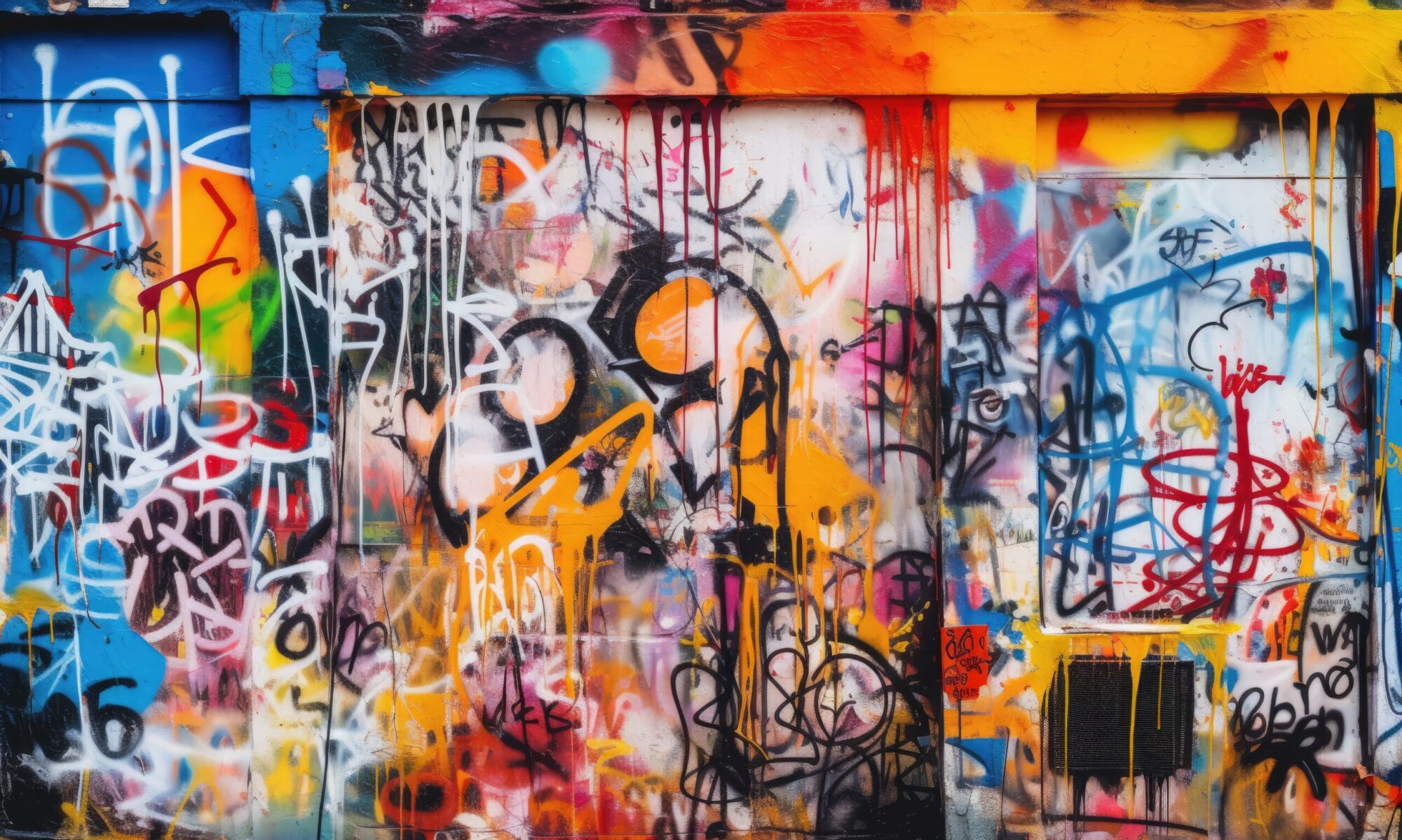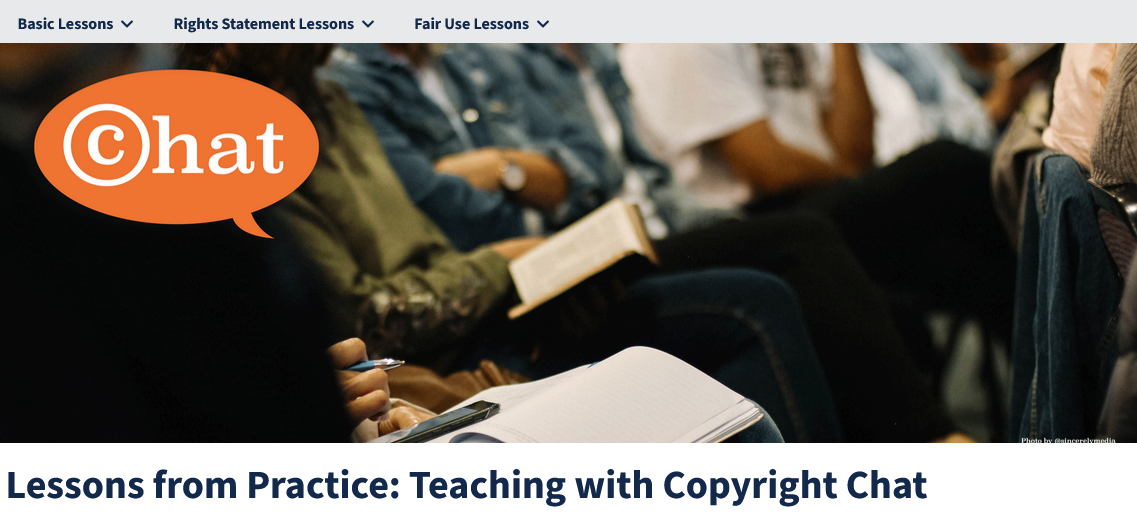This is the latest post in a series announcing resources created for the Scholarly Communication Notebook, or SCN. The SCN is a hub of open teaching and learning content on scholcomm topics that is both a complement to an open book-level introduction to scholarly communication librarianship and a disciplinary and course community for inclusively sharing models and practices. IMLS funded the SCN in 2019, permitting us to pay creators for their labor while building a solid initial collection. These works are the result of one of three calls for proposals (our first CFP was issued in fall 2020; the second in late spring ‘21, and the third in late fall 2021).
Today we’re excited to share “Understanding Community-University Knowledge Exchange: A Case Study of the Making Research Accessible Initiative (MRAi)” (available in the SCN OER Commons Hub and in Google Docs). This project was created by Heather O’Brien, Luanne Sinnamon, Mandy Choie, and Nick Ubels. They note that community/university partnerships haven’t always been mutually beneficial, and that info professionals have a role to play in supporting greater equity in these interactions. Here are the creators to introduce their resources:
The Downtown Eastside (DTES) Research Access Portal (RAP) is a knowledge exchange platform designed through a collaboration between the University of British Columbia (UBC) Library and Learning Exchange, with input from DTES neighborhood members in Vancouver, Canada. It was DTES community members who identified such a platform as an important priority for the University to address. The DTES experiences deep, systemic inequities [1] and draws considerable attention from researchers. This has led to over-research: repetitive studies on a narrow scope of issues, limited reciprocity in sharing research priorities and findings, and limited evidence of research impact [2]. In 2015, the UBC Learning Exchange partnered with the UBC Library to establish the Making Research Accessible Initiative (MRAi) and began to build the RAP based upon principles of university-community knowledge exchange.
The RAP is devoted to increasing access to and dialogue around research, and is a valuable learning environment for library and information science (LIS) students to grapple with complex issues of access, system design and representation in legacy classification systems. Drawing on the RAP as a case study, we developed an Open Education Resource (OER) for LIS courses and professional development. Courses in LIS programs focus on publishing practices, open access, copyright and evaluation and consider the roles of librarians, publishers, scholars, policy makers, and funding agencies. It is increasingly important to consider community members whose lives are directly impacted by research in order to holistically assess research impact. Information professionals have a critical role to play in the shift to broader, more inclusive and impactful approaches to scholarly communication [3].
The OER, consisting of an Instructor’s Guide and accompanying presentation Slide Deck with speaking notes, emphasizes three primary themes:
- Principles and practices of community engagement for knowledge exchange;
- Meaningful access to research for non-academic audiences;
- Research ethics in historically marginalized and underrepresented communities.
We have organized the OER to consist of a “core” module, “Community-based knowledge exchange and mitigating information privilege” and three pathways: 1) “Information access and alternative formats,” 2) “Supporting community led research,” and 3) “Community engagement and services.” Instructors can “mix and match” content from the pathways depending on available class time, course structure, and student interests. The core and pathway modules include learning objectives, a wide selection of open access academic and professional articles, books, blogs, websites, videos and multimedia, and active learning activities for in-person or online delivery.
While the DTES RAP is used as a case study for the OER, we encourage instructors to apply examples from their local contexts. The OER is a useful tool for infusing community perspectives in discussions of scholarly communication; promoting ethical, democratic research practices, and supporting (emerging) librarians working with diverse communities. We welcome feedback on the module as well as interest in connecting about the Making Research Accessible initiative. Please contact us by e-mail at mrai.info@ubc.ca.
Works Cited:
- DTES Literacy Roundtable. (2017). Strengthening literacy in the Downtown Eastside: Vision, goals and action plan of the DTES Literacy Roundtable. http://decoda.ca/wp-content/uploads/Vancouver_Downtown-Eastside_SD39_2015.pdf
- Boilevin, L., Chapman,…& Pham, S. (2019). Research 101: A manifesto for ethical research in the Downtown Eastside. https://dx.doi.org/10.14288/1.0377565
- De Forest, H., Freund, L., McCauley, A., O’Brien, H. L., & Smythe, S. (2019). Building infrastructures for university-community knowledge exchange: The role of information professionals and literacy educators. Proceedings of the Annual Conference of CAIS / Actes Du congrès Annuel De l’ACSI. DOI: https://doi.org/10.29173/cais1073
About the Authors
Heather O’Brien is Associate Professor at the UBC School of Information.
Luanne Sinnamon is Associate Professor at the UBC School of Information.
Mandy Choie is a recent graduate of UBC’s Master of Library and Information Studies program.
Nick Ubels is a community engagement librarian at the UBC Learning Exchange and UBC Library’s Irving K. Barber Learning Centre.

